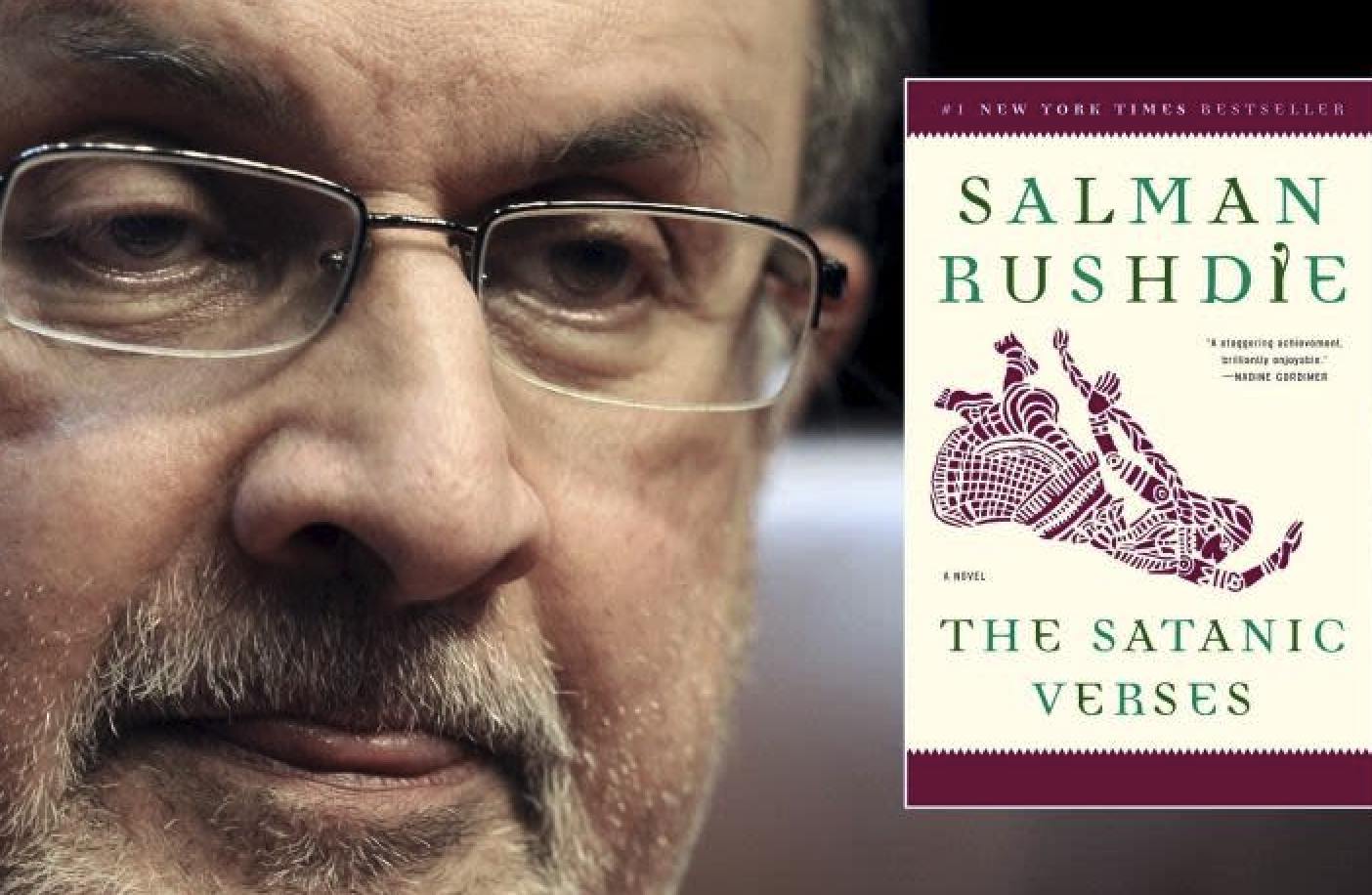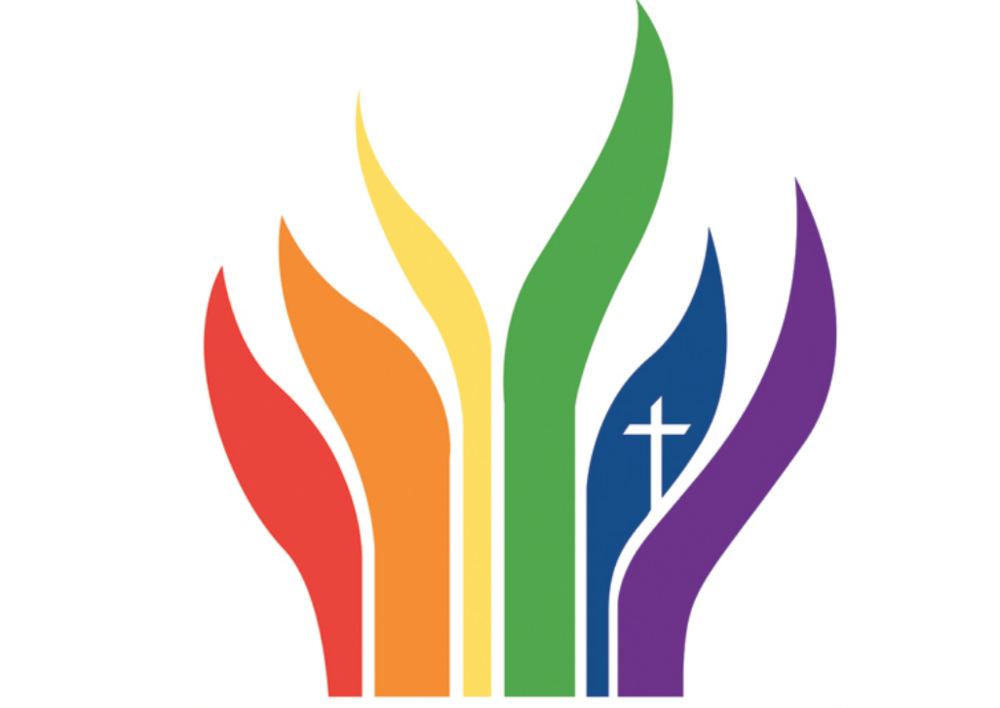Every now and then, I envy Bobby Ross, Jr.
Why? He has such a knack for writing short, crisp introductions to punchy posts.
You know, posts that open with a few blunt sentences.
Then they jump to a headline and a URL, like this: “Poll: A third of Americans are Christian nationalists and most are white evangelicals.”
Then Ross is off and running.
What comes next? Frequently, he embeds several relevant tweets on the topic. That’s helpful, since it shows readers who is saying what.
That’s that.
So let’s try that with a very complicated Twitter storm linked to that Religion News Service headline mentioned earlier. This report is built on the results of a survey from the Public Religion Research Institute and the Brookings Institution: “A Christian Nation? Understanding the Threat of Christian Nationalism to American Democracy and Culture.”
This story led to some fascinating discussions on Twitter — including links to information about the funding for the RNS project to expose Christian nationalism.
Try to write something short and punchy about that. Ah, but I can point to the Twitter sources.
First, here is the top of that RNS story:
(RNS) — A new survey finds that fewer than a third of Americans, or 29%, qualify as Christian nationalists, and of those, two-thirds define themselves as white evangelicals.










